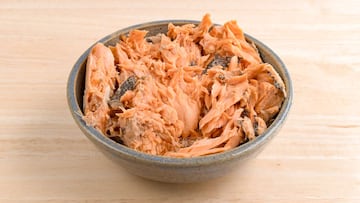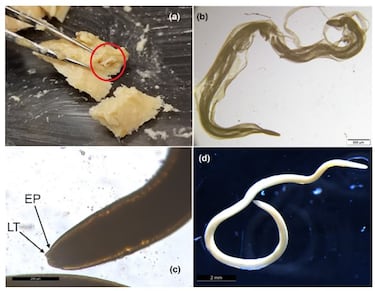50-year old can of salmon reveals hidden secret about our seas
A study from the University of Washington has examined what happens to cans of salmon that expired more than four decades ago.

Canned goods are the emergency go-to food we all rely on in a pinch. Whether it’s the rush of daily life that leaves little time to cook or an unexpected blackout like the one recently experienced in Spain, opening a tin often feels like the simplest solution.
When canned food passes its expiration date – which is typically quite generous – most people toss it. But for scientists, expired tins can become a goldmine of data.
The unusual salmon investigation
A study published in Ecology and Evolution by the University of Washington examined more than 170 cans of salmon processed between 1979 and 2021. The goal was to better understand the environmental conditions the fish once lived in.
To the researchers’ surprise, one can of salmon – expired for 50 years – revealed something unexpected: a highly positive biological indicator. Inside some of the tins, they found anisakid worms – marine parasites that, remarkably, had been perfectly preserved.

Anisakids in canned salmon
Far from being a cause for concern, the scientists identified the parasites as a promising ecological sign. “The presence of anisakids is an indicator that the fish on your plate came from a healthy ecosystem,” said Chelsea Wood, one of the lead authors of the study.
As reported by LiveScience, anisakids can reveal even the subtlest shifts in marine environments and play a clear role in the food web. They are first consumed by krill, then by larger species like salmon, and complete their life cycle in the intestines of marine mammals. So when these parasites are present, it means the full ecological chain is intact.
“If there’s no host available – such as marine mammals – the anisakids can’t complete their life cycle, and their numbers will drop,” Wood explained.
The 178 cans analyzed contained four different salmon species caught in the Gulf of Alaska and Bristol Bay over a 42-year period (1979–2021). The worms had increased over time in chum and pink salmon, but not in sockeye or coho.
“Seeing their numbers go up over time, as we saw in pink and chum salmon, tells us these parasites found the right hosts and were able to reproduce,” added study co-author Mastick.
Get your game on! Whether you’re into NFL touchdowns, NBA buzzer-beaters, world-class soccer goals, or MLB home runs, our app has it all.
Dive into live coverage, expert insights, breaking news, exclusive videos, and more – plus, stay updated on the latest in current affairs and entertainment. Download now for all-access coverage, right at your fingertips – anytime, anywhere.
Complete your personal details to comment
Your opinion will be published with first and last names